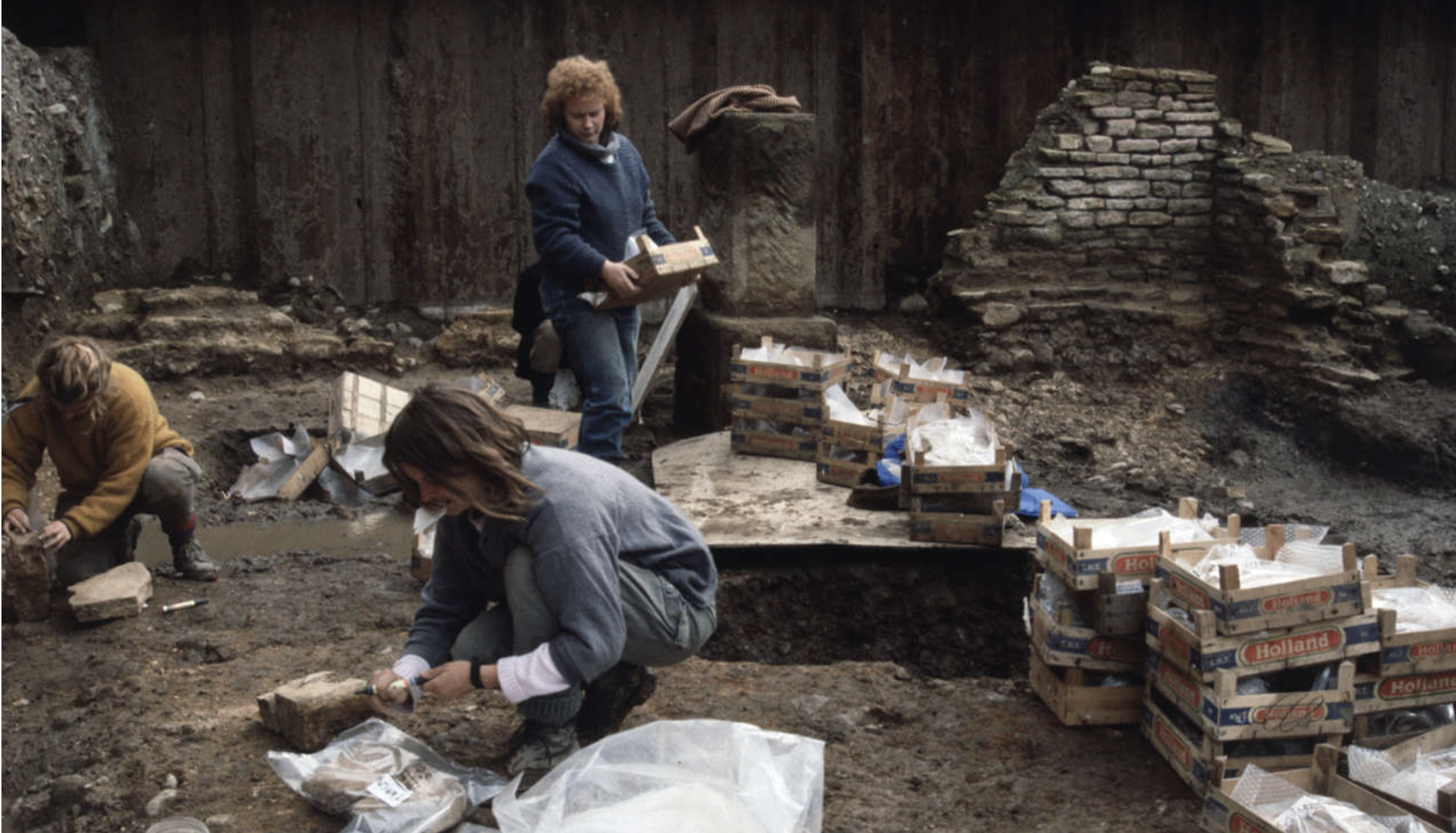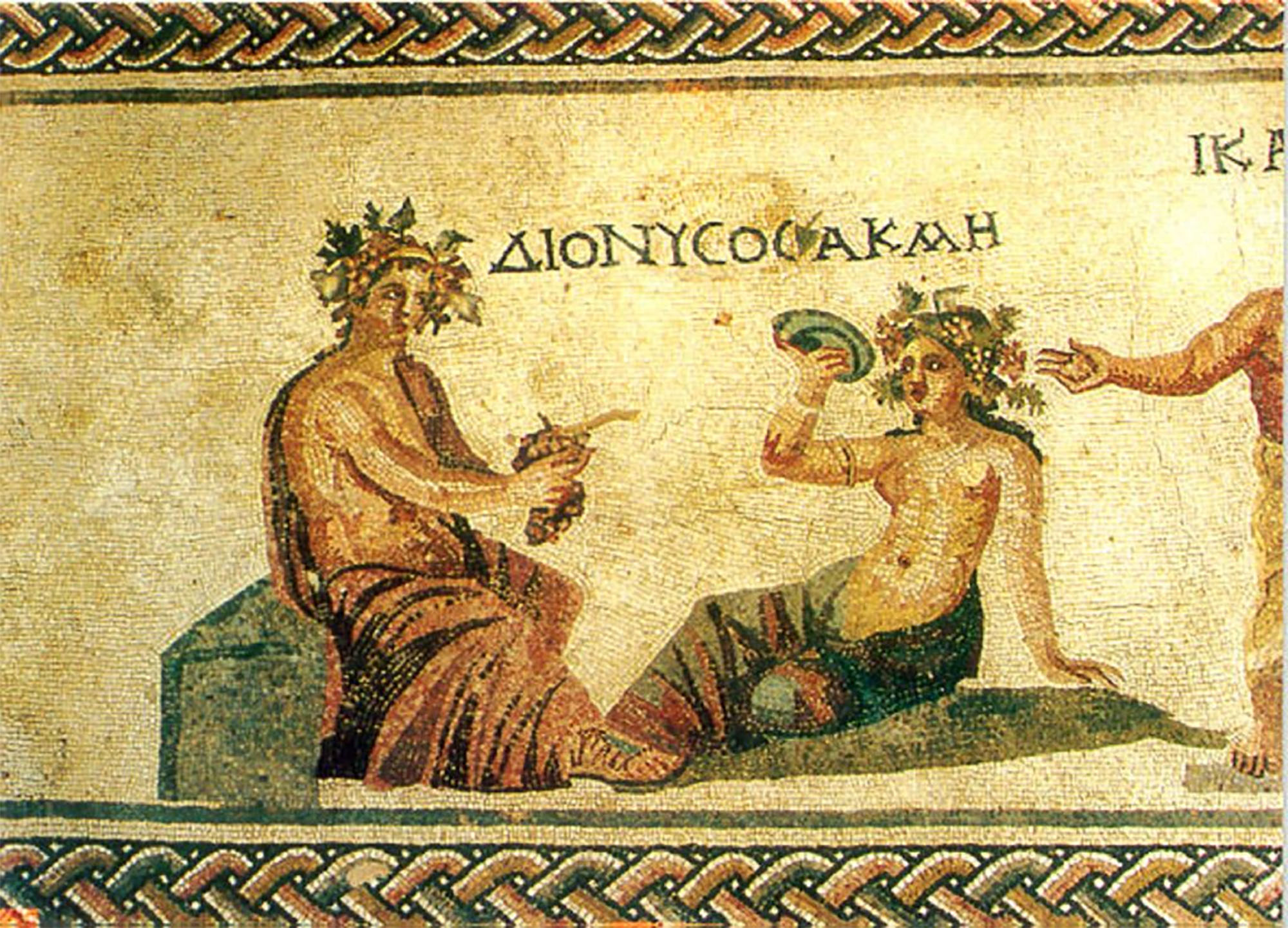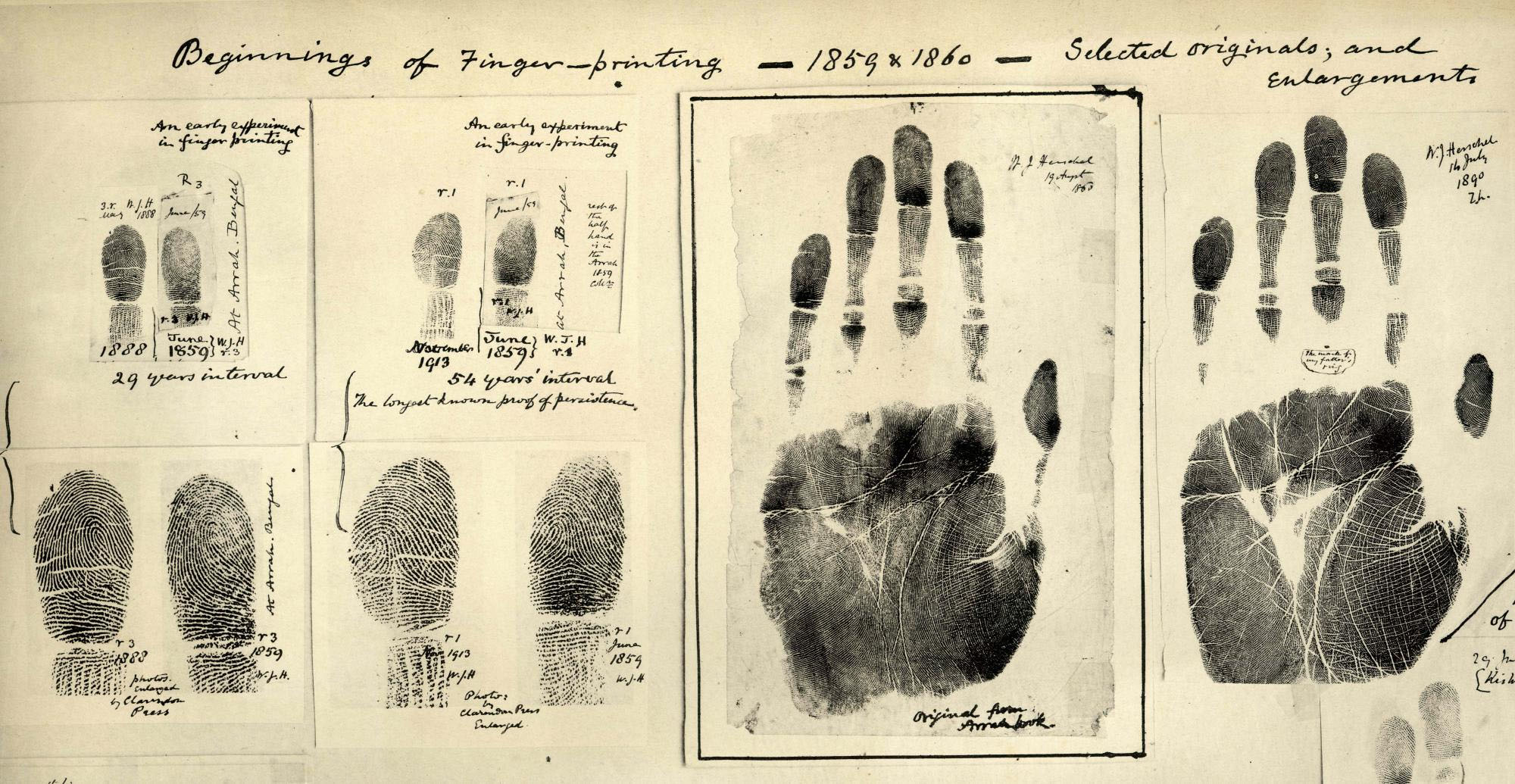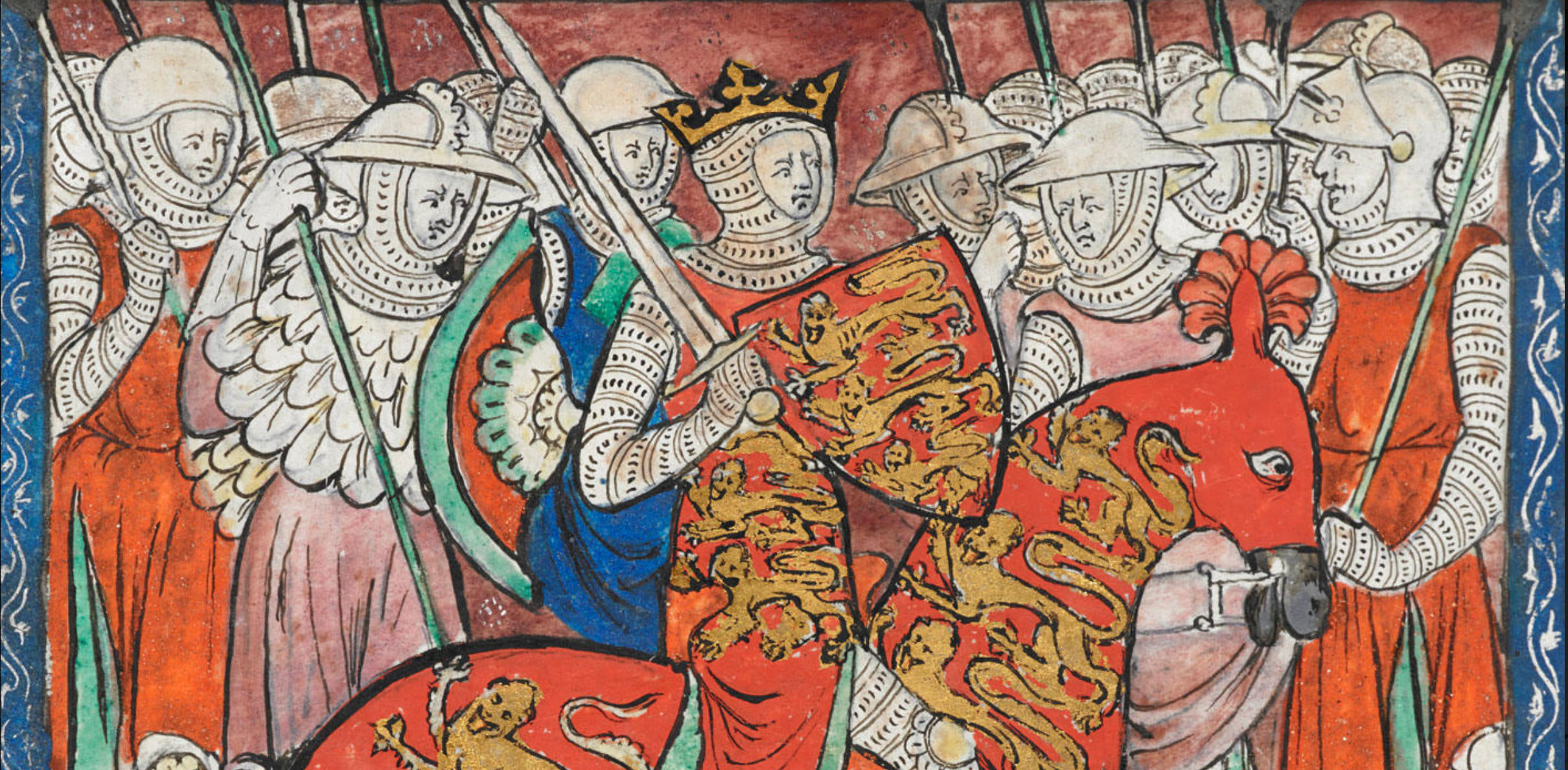Create the interactive map of the most wrestling factories of the labor movement in Pamplona in the 1970s
- On a current map of the Region of Pamplona you can see the position of the most fighting factories of the labor movement in Pamplona in the 1970s. In addition, along with the work, the lost echoes of a struggle: The UPNA has published in the Public University of Navarra a report on the location and disappearance of the workshops of the Region of Pamplona in the 1970s.

Edurne Turrillas Bueno, a graduate student in history and heritage of the UPNA and a team of researchers from the Historical Memory Documentation Fund of Navarra (NOHDF) have created the interactive map. The map provides information on each of the factories, a photograph and location and sector data. The report also includes a chart of each of these workshops, an analysis of their location and impact on the labor conflicts of late Francoism and transition.
The objective of this work has been to quantify and identify on a map the main factories and companies of the late labor movement, analyzing the use that has been given to these spaces today. The project also involved UPNA researchers Imanol Satrustegi Andrés, Izaskun Rodríguez Villar and Nerea Pérez Ibarrola.
Industrial development and labour disputes
According to the authors, since the 1950s, an enormous industrial development took place in the Region of Pamplona, which led to the construction of dozens of new factories. Precisely these new factories were the central scene of labor conflicts in the late 1960s and 1970s.
“In any case,” the researchers say, “after the conversion processes of the 1980s and 1990s, many of them were closed or transferred and others were acquired by the multinationals. Thus, the history of those factories and companies, as well as of the people who worked in them, has been forgotten.”
Some of the 32 factories and companies collected in this work are: Imenasa, Matesa, Industrias Esteban, Transportes Iruña, Magnesitas, Trash of Navarra, Motor Ibérica, Torfinasa, Union Carbide, Norton, Mocholí, Mina, Pamplona, Inquinasa, Bendiberica and A.P. Iberian.

York (Ingalaterra), K.o. II. mendea. Eboracum erromatar hirian hainbat egitura eta etxe eraiki zituzten. Besteak beste, egungo Wellington Rowen harrizko eraikin bat egin zuten eta Queen’s Hotela dagoen tokitik igarotzen zen harresian arku bat jarri zuten. Bi aztarnategiak... [+]
Antzinako erromatarrek edaten zuten ardoa gaizki egina, gorputzik gabea eta zapore desatseginekoa zela uste izan da. Baina Gante eta Varsoviako unibertsitateetako ikerlariek Antiquity-n argitaratu duten lanak uste hori bertan behera uztea eragin du.
Antzinako... [+]
Iruñeko Txantrea auzoko kale-izendegian frankismoan errepresaliatuak izan ziren hamar emakume gogoratuko dituzte. Ekitaldia egin zuten atzo eta auzoaren hegoaldean dagoen plaza bat oroimen gune ere izendatu zuten. "Garrantzitsua da historian gertatutakoa gogoratzea;... [+]
Europar Batasunean berriki onartu den Migrazio Itunak, asko zaildu dizkie gauzak euren herrialdetik ihesi doazen eta asiloa eskatzen duten pertsonei. Eskuin muturraren tesiak ogi tartean irentsita, migratzaileentzako kontrol neurri zorrotzagoak onartu dituzte Estrasburgon,... [+]
Hastings (Ingalaterra), 1066. Gilen I.a Normandiako dukearen gudarosteak Harold II.a erregearen tropak mendean hartu zituen, eta tronua eskuratu zuen. Gilen I.a Konkistatzailea 1087 urtera bitartean izan zen errege.
Normandiarren konkistaren ondorengo erregealdi horretan,... [+]












